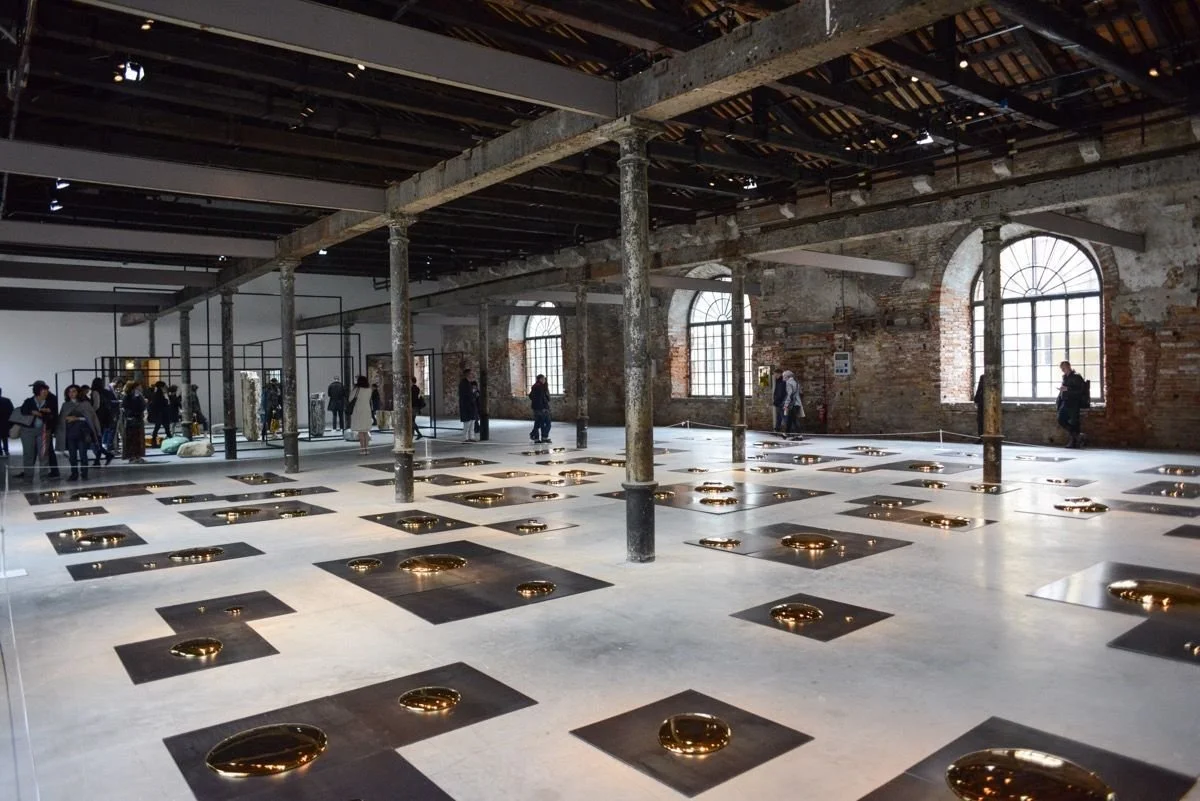Biennale Arte 2017: 57th Annual Art Exhibition
"Viva Arte Viva": a tautological construct, affirming the vitality of art as an inescapable loop. Within this circularity, curator Christine Macel's intention appears to advocate for the belief in the enduring vitality of art itself, as well as the communal celebration thereof. The term "Viva" evokes connotations of both exaltation and liturgical praise, suggesting a call to embrace art fervently, encouraging leaps of faith into its transformative power.
Amidst a backdrop of global tumult, Macel asserts the heightened importance of artists in contemporary discourse. However, her thematic approach sidesteps weighty universal issues such as politics and identity, opting instead for a collection of 120 individual perspectives categorized under nebulous themes reminiscent of elementary classifications. Notably absent are explorations of queerness and gender fluidity, replaced by a more conservative focus on earth, tradition, and other ostensibly straightforward topics.
The pavilions themselves, structured around these themes, sometimes reflect a literal interpretation of their titles, lacking the subversive wit or complexity that one might expect from a contemporary art exhibition. Rachel Rose's video animation, for instance, is presented as a mere illustration of "the reality of emotions," devoid of deeper nuance. Macel's curation appears to prioritize novelty and photogenic appeal, with a majority of included artists being newcomers to the Biennale.
Within the Arsenale, installations like Juan Downey's "The Circle of Fires" and Rasheed Araeen's "Zero to Infinity in Venice" invite active participation, echoing Freud's assertion that artists inhabit a space akin to that of children and savages. However, despite occasional overlaps in thematic exploration with Documenta 14, the communication strategies of the two exhibitions diverge significantly. While Documenta embraces ambiguity and frustration, "Viva Arte Viva" opts for clarity and accessibility in its presentation.
Anne Imhof's "Faust" exhibition in the German pavilion, probably the highest moment of the whole Biennale, challenges the audience's perception through a confrontational blend of performance and technology. Guarded entrances, aggressive dogs, and choreographed rituals confront visitors with the limitations of their own gaze, highlighting the shallowness of passive observation in an age of constant connectivity.
In considering the broader cultural landscape, the Italian pavilion's exploration of magic and apocalypse offers a stark contrast to the celebratory tone of "Viva Arte Viva." Drawing from Ernesto de Martino's theories on societal crises and the emergence of magic, the pavilion suggests a darker undercurrent beneath the surface of contemporary artistic expression. Ultimately, while rituals can provide comfort and structure, they also have the potential to challenge and transform.
What to read next












